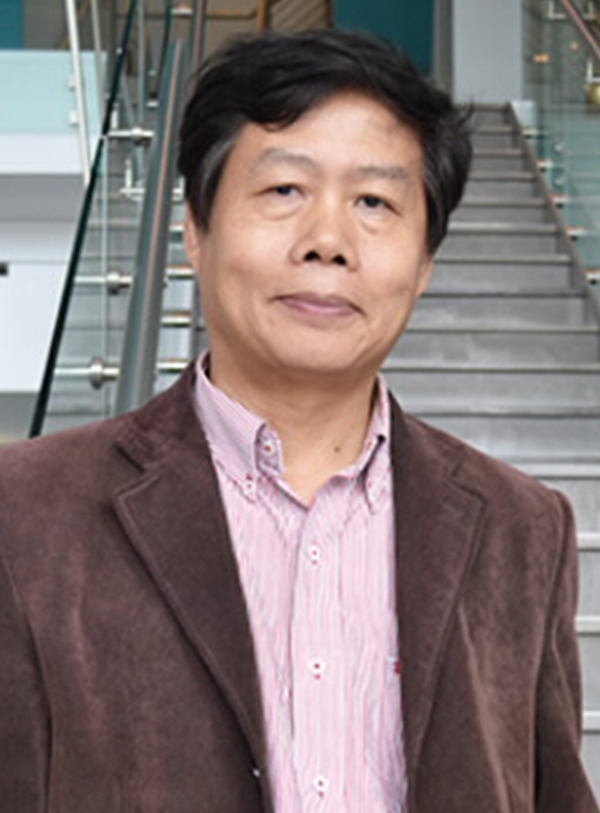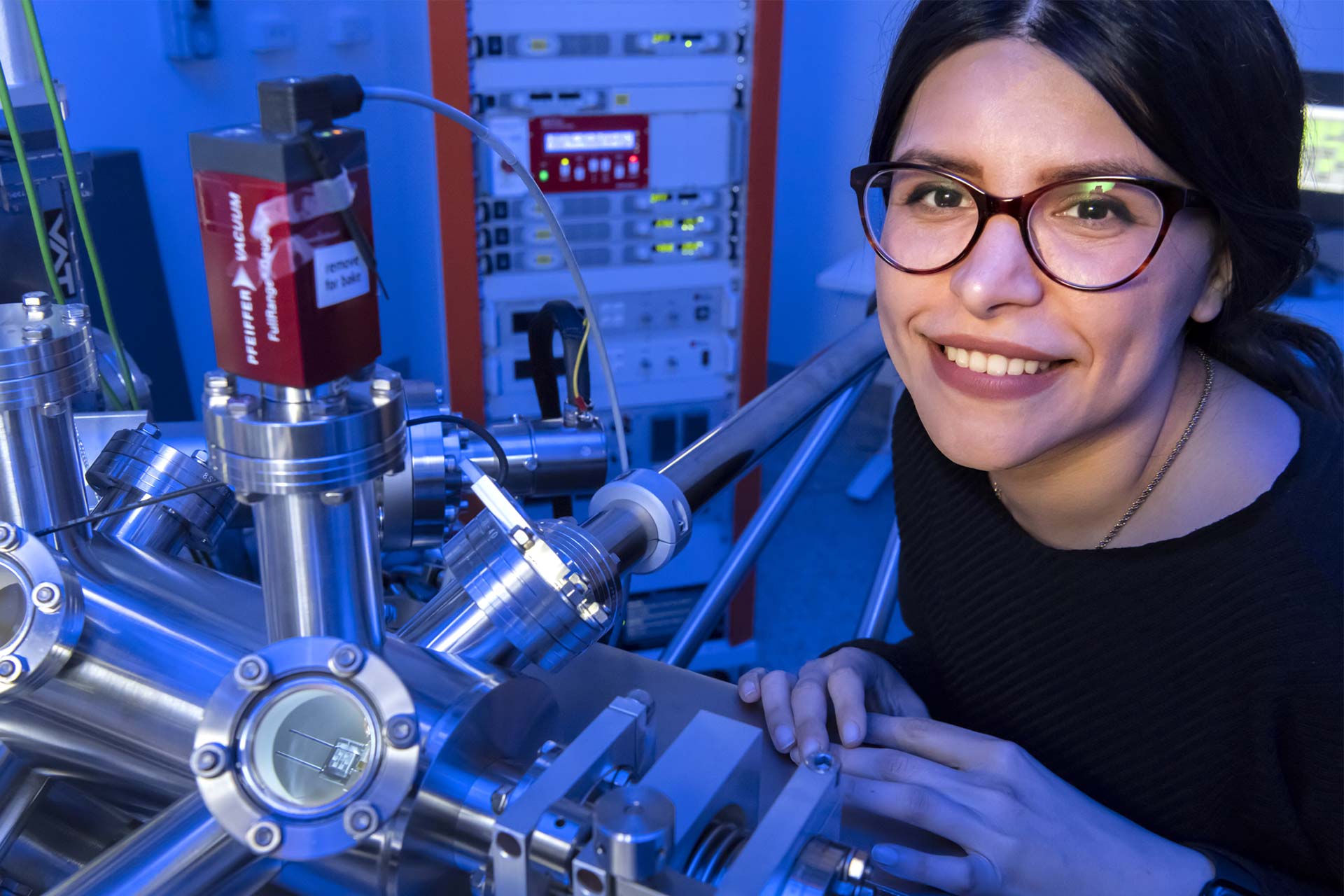Enabling technology A
Atomically-thin materials

Prof Xiaolin Wang
Leader, Enabling technology A,
UOW
Novel materials are fascinating for both fundamental physics and their great practical applications in electronics.
Expertise: design/fabrication and electronic/spintronic/superconducting properties of novel electronic or spintronic systems such as topological insulators, high spin-polarised materials, superconductors, multiferroic materials, single crystals, thin films, nanosize particles/ribbons/rings/wires
Research outputs (Xiaolin Wang):
530+ papers
13,000+ citations
h-index 57 (Scopus)
Read our Case Study
Each of FLEET’s three research themes is significantly enabled by the science of novel, atomically-thin, two-dimensional (2D) materials.
These are materials that can be as thin as just one single layer of atoms, with resulting unusual and useful electronic properties.
To provide these materials, from bulk crystals to thin films to atomically-thin layers, FLEET draws on extensive expertise in materials synthesis in Australia and internationally.
The most well-known atomically-thin material is graphene, a 2D sheet of carbon atoms that is an extraordinarily-good electrical conductor.
FLEET scientists use other atomically-thin materials in their search for materials possessing the necessary properties for topological and exciton-superfluid states.

- Continue to supply three-dimensional (3D) ferromagnetic topological-insulator crystals, and atomically-thin samples gained using exfoliation from 3D bulk crystals
- Continue to search for new candidates for QAHE with high transition temperature
- Apply MBE, CVD and liquid-metal approaches to synthesise 2D topological materials
- Use STM to observe the bandgap and topological edge modes of a 2D magnetic topological insulator
- Apply new ARPES synchrotron techniques for study of 2D topological insulators and surface state of 3D topological insulators
- Novel ferroelectric 2D materials with topological domains.
- Synthesised and studied large-scale crystals of a wide-bandgap 3D topological insulatorusing high-purity chemicals
- Grew a novel (samarium- and iron-doped) ferromagnetic material Bi2Se3 and characterised using quantum electronic transport and ARPES techniques
- Created thin magnetic layers at the surface of Sb2Te3 topological insulators using a low-energy chromium-ion beam
- Conducted ARPES synchrotron study in vdW semiconductor β′-In2Se3 revealing a highly two-dimensional band structure with moderate bandgap and small effective electron mass
- Verified spin-gapless semiconductors as the ideal platform for high-temperature QAHE
- Demonstrated record-high thermoelectric performance in nano-engineered topological insulators, with patent filed
- Demonstrated liquid-metal synthesis of improved piezoelectric material: atomically-thin tin-monosulfide, with monolayer SnS showing promising ferroelectric properties.
Did you know...
FLEET scientists use materials that are ‘atomically thin’ – only one layer of atoms thick. These materials are also referred to as two-dimensional (or 2D).
